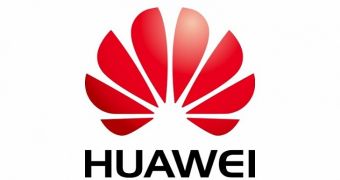The world today is a queer place, interposed with random advancements that range from minor to ludicrously game-changing. What Huawei has recently pulled off verges quite close to the latter.
You might know that Gigabit Ethernet is considered quite fast for wired Internet connections, and that it has been a “normal” part of motherboards for only a few years.
Because of that, when Wi-Fi technology finally caught up (and wasn't that a surprise), it was seen as a very impressive feat.
It turns out, however, that providers of Wi-Fi hardware and network carriers are already making faster chipsets.
Which brings us to today's topic: Huawei has already tested Wi-Fi technology that can achieve a speed of 10 Gbps.
That's ten times better than current-generation 802.11ac, and a tenfold increase over Gigabit Ethernet too, for that matter. All done over the air.
The wireless standard will be called 802.11ax and will succeed 802.11ac at some point in the future, probably in 2017 or 2018.
The 802.11ac specification was only released in 2013, you see, and it usually takes close to five years to move to the next standard.
Don't be too worried about being bogged down though. 2015 will bring with it an updated 802.11ac specification, which will allow 7 Gbps.
Anyway, the 802.11ax standard, or at least the test equipment that Huawei played with, works on the same 5 GHz band that many Wi-Fi networks already use.
To enable the transfer speed, the airwaves are more efficiently used. The technology allocates the wireless spectrum more intelligently, you see, tossing data between multiple antennas and reducing interference.
It means that router makers won't have to do too many changes to the way they build their products, which could result in a lower price premium in the beginning.
Next-generation products always come to bear the same prices as their predecessors, eventually, but there's always a period where they both coexist, so to speak, and the newer ones cost a fair bit more than the regular hardware.
With 802.11ax essentially being just a more efficient type of 802.11ac, there won't be a need for cost-increasing design changes and R&D hoops. Or at least we can risk a hope that the price increment will be lower than usual. Considering what history has taught us about how these things go, companies and retailers will think of their revenue first, and customers second, as they usually do.
There's no hint that the hardware that Huawei used for the Wi-Fi test involved that 10 Gbps Wi-Fi chip that Quantenna created back in April, but it's possible.

 14 DAY TRIAL //
14 DAY TRIAL //